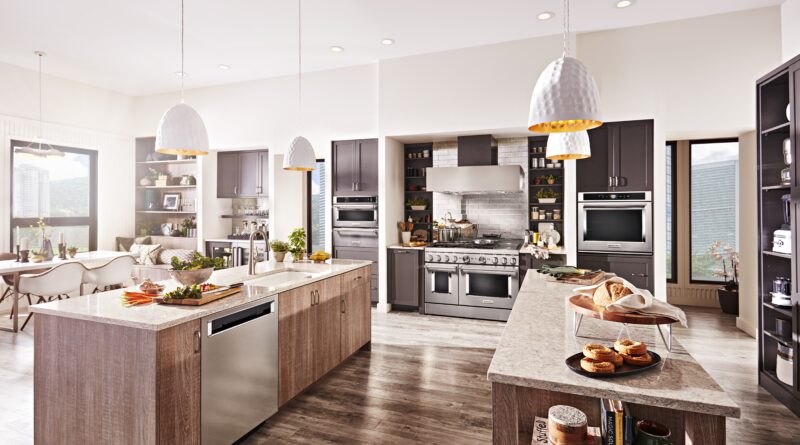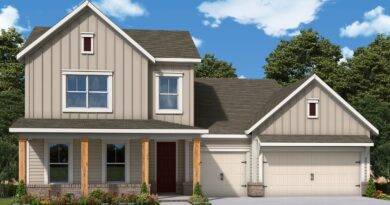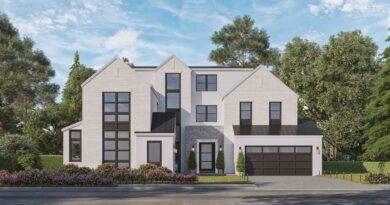What Do Rate Cuts Mean for the K&B Industry?
According to the NBKA, after months of anticipation, the Federal Reserve recently announced a significant .5% rate cut – the first since 2020. The consensus among economists is that further cuts are likely in the coming months to normalize interest rates as concerns about inflation decrease.
This major economic news has plenty of implications for the K&B industry, though the impact might take a while to be felt. Borrowing rates, for example, may not drop precipitously, but become gradually more favorable over time – and they may never reach pre-pandemic lows.
In addition to persistently high borrowing rates, the nation has been contending with a severe housing shortage since the financial crisis of 2008, when many small builders went out of business and larger ones scaled back operations. The result has been an undersupply of homes for sale and rent that has consistently driven prices up across the country. Economists like NAHB’s Rob Dietz argue that more favorable borrowing conditions for builders and land developers should be a boost to the housing market.
There is no doubt that ongoing uncertainty about these economic conditions – as well as the effect of inflation on the price of goods and services — has made many homeowners wary about taking on major kitchen and bath renovations. In our most recent KBMI, K&B firms cited consumer uncertainty (44 percent) as the most significant barrier to realizing stronger growth.The result has been a stubbornly static market over the past couple of years.
Despite all of these challenges, I’ve continually been amazed by the resilience our industry has shown in the face of major headwinds. The KBMI, which measures market growth in the U.S. residential kitchen and bath industry, has stayed essentially unchanged for the past several quarters, remaining in the positive range indicating industry expansion – a trend that has continued for sixteen consecutive quarters, over all. Luxury projects have been a consistent driver of this expansion.
Our most recent research indicates that notable industry growth is now happening at the extremes, in both low-end and high-end projects. Many homeowners, unwilling to tap into unprecedented levels of home equity at high borrowing rates, decided to stay on the sidelines until conditions improved. With the decline in rates comes an expectation that this glut of deferred, mid-range renovations, which have primed the market for growth, should start to become a reliable pipeline of scheduled and realized projects.




